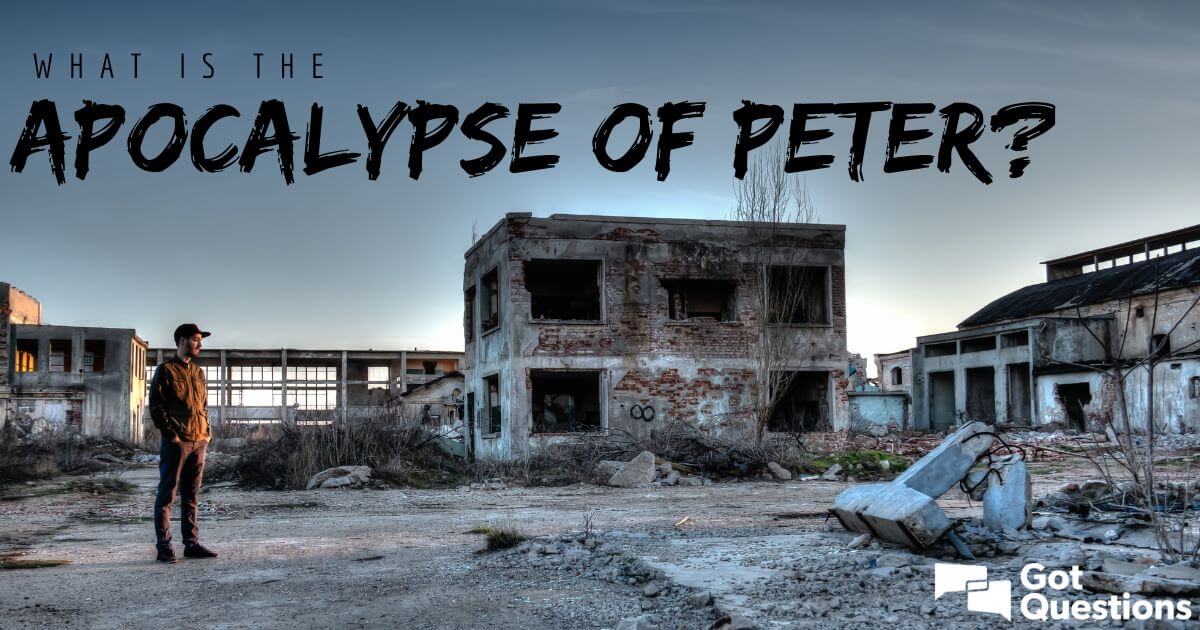- Joined
- Sep 8, 2020
- Messages
- 16,571
- Reaction score
- 11,637
- Gender
- Male
- Political Leaning
- Progressive
The Apocalypse of Peter is a text we only have incomplete fragments of today. We have two incomplete fragments, one in Greek and another in Ethiopic. The text is believed to originate between 100- 150 AD. The text is listed on the Muratorian fragment, a list of texts that were used by the early church. It's an apocalyptic text of the Apostle Peter getting a vision from God about both Heaven and Hell.
The most colorful parts of the text is about how sinners of different kind are punished in Hell. Here are some juicy examples:
So why is the Apocalypse of Peter not in the Bible? We don't know. Unless many texts where some of the church fathers or other high ranking officials can give us a reason or clue, we simply have no comments on why this text was left out. It might have been considered too young (though there are texts in the New Testament from roughly the same time). Or it might have simply not caught on as important by enough of the early congregations. Or it might have been part of a theological dispute that is forgotten.
Apocalypse of Peter
Apocalypse of Peter
The most colorful parts of the text is about how sinners of different kind are punished in Hell. Here are some juicy examples:
- Women who had premarital sex have their flesh torn to pieces.
- Disobedient slaves gnaw their tongues eternally.
- Those who do not heed the counsel of their elders are attacked by flesh-devouring birds.
- Men who take on the role of women in a sexual way, and lesbians, fall from the precipice of a great cliff repeatedly.
- Women who adorn themselves for the purpose of adultery are hung by their hair over a bubbling mire. The men who had adulterous relationships with them are hung by their genitals next to them.
Gnostic Apocalypse of Peter
The conclusion we can draw is that there were just alot of texts produced by early Christians. That many saw themselves inspired by their religion to produce holy texts, and of course that different traditions within the early church was eager to get their theology on text.So why is the Apocalypse of Peter not in the Bible? We don't know. Unless many texts where some of the church fathers or other high ranking officials can give us a reason or clue, we simply have no comments on why this text was left out. It might have been considered too young (though there are texts in the New Testament from roughly the same time). Or it might have simply not caught on as important by enough of the early congregations. Or it might have been part of a theological dispute that is forgotten.


